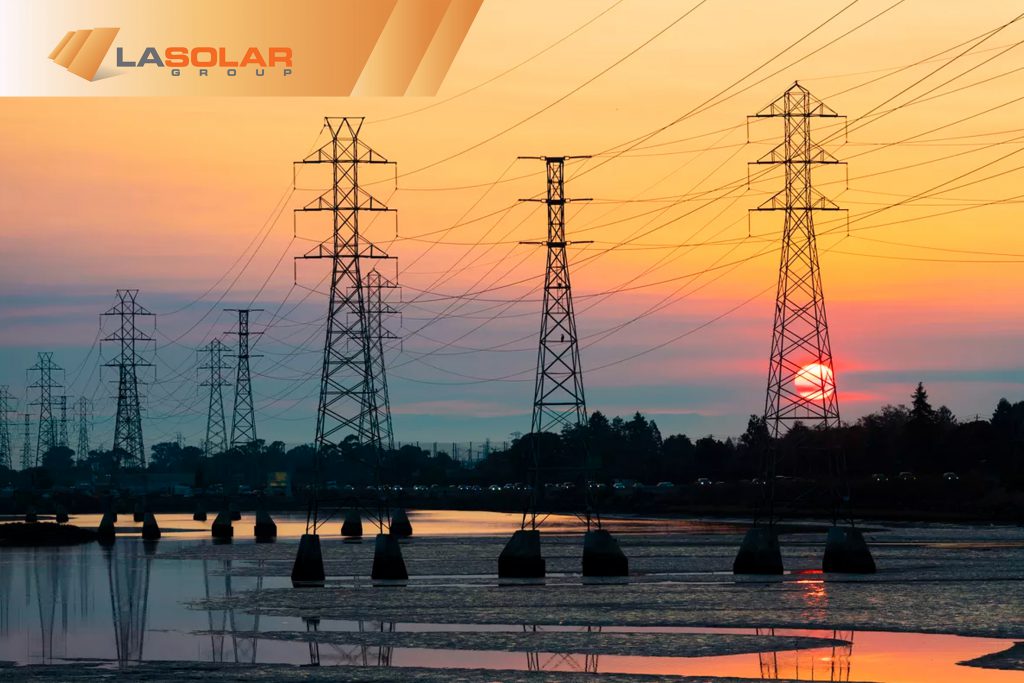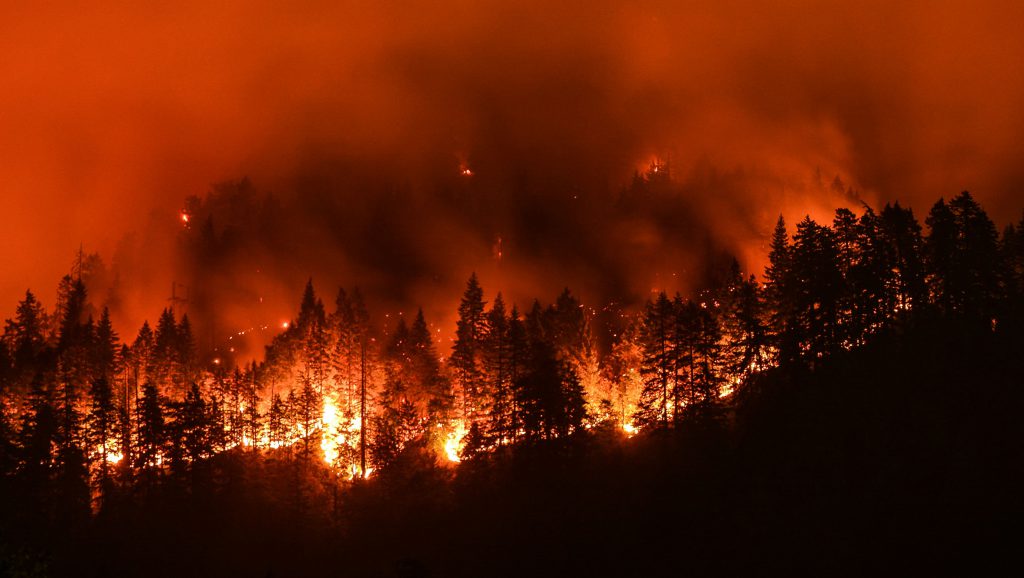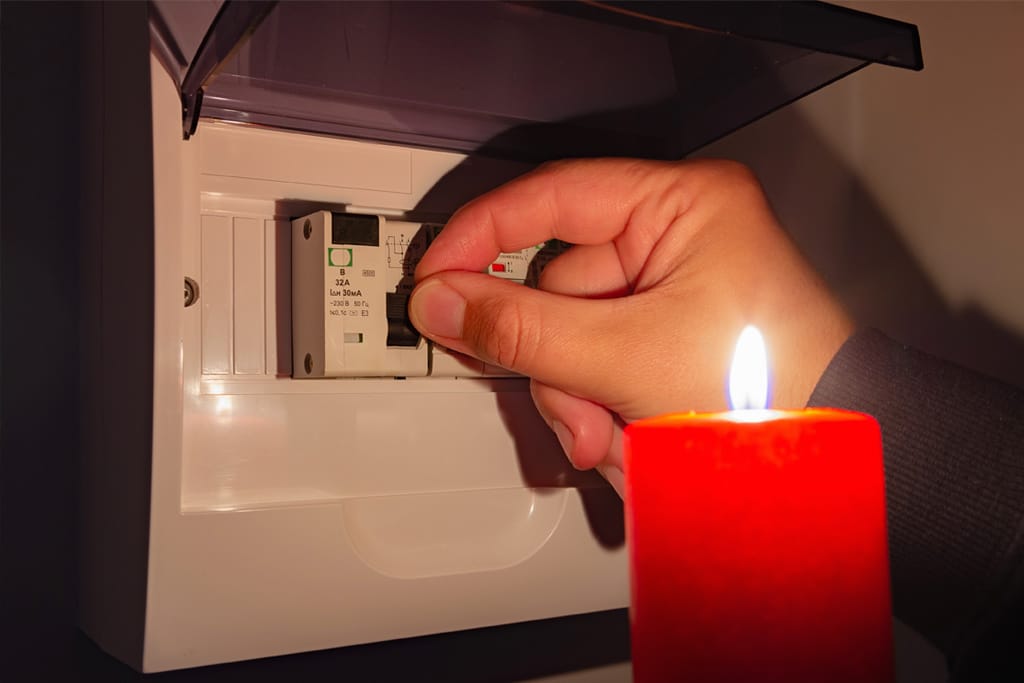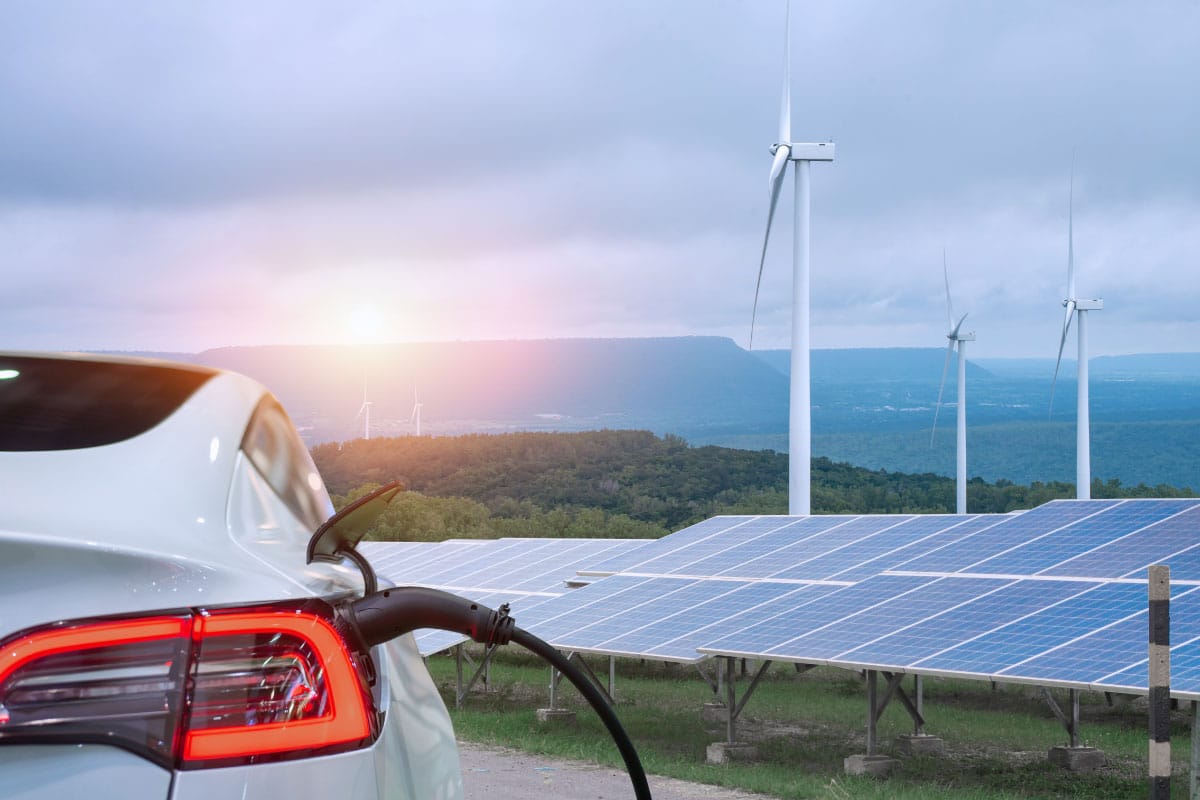During this COVID turmoil, working from home has become a standard routine. Keeping this in mind, just imagine that you are having a critical meeting when the electricity is gone along with your potential opportunities. It troubles, doesn’t it? Unfortunately, this incident is very familiar to people by the name of California Rolling Blackouts.

Why do Rolling Blackouts happen?
The well-known Supply-Demand Curve does its trick here too. Whenever the grid is unable to supply sufficient electricity meeting the demand, voila, we get an electricity deficit, hence Rolling Blackouts. The primary aim is to avoid long outages in a specific area; that’s why the blackouts rotate, affecting not just one but many places. Rolling Blackouts can potentially result in a snowball effect, leaving people with no electricity for a long time.
Your electricity utility decides the duration and the area where the California Rolling Blackouts happen. Hence, technically no one is guaranteed against it, and if today you get lucky, tomorrow you may not. The average duration of Rolling Blackouts is 1 hour, though it can even last longer. Indeed, this can have severe consequences in the time of COVID, paralyzing the working process of thousands of people.
First Rolling Blackouts
On May 22, 2000, the California electricity crisis rolled on the stage due to extremely hot weather. Accordingly, hot days demand Air Conditioning to survive, and since sweltering days are quite familiar to California and neighboring areas, it’s no surprise that Rolling Blackouts reoccurred since then.
On June 14, 2000, Rolling Blackouts visited San Francisco when the temperature reached 103 Fahrenheit. More than 97000 consumers in the Bay Area were affected by it, including those who use Gas & Electric, Pacific utilities.
On January 4, 2001, the temporary emergency rate skyrocketed to 15%, more than twice the initial rate for Southern California Edison and Pacific Gas & Electric customers. In fact, those utility companies were on the verge of bankruptcy. A little later, both companies became unable to pay their creditors, downgrading their credit ratings to junk status.
From January 17 to 18, 2001, most consumers were suffering from Northern and Central California blackouts. However, this was just a beginning, and soon California was facing the first statewide blackouts reaching Southern California and affecting 1.5 million consumers.
You may wonder what was done as a response. Easy! California Public Utility Commission unanimously increased rates by 40% for Pacific Gas & Electric and Southern California Edison consumers. Indeed, stability is not the utility companies’ strong point. They even took advantage of the emergency to overcharge consumers and the state amounting to several billion dollars.
Recent Rolling Blackouts
If you think that was the end of the story of Rolling Blackouts, scroll down the page since there is a lot more to tell. As you know, wildfires are common in California, and it turned out electricity supply is vulnerable to wildfires. Hundred thousand people were again facing Rolling Blackouts in 2017 and 2018 to prevent wildfires. What you need to realize here is the positive correlation between wildfires and blackouts, which establishes a never-ending cycle of Rolling Blackouts. No wonder that similar shutdowns occurred in 2019, covering vast areas both in Southern and Northern California. Around 3 million consumers were affected by the shutoffs.
It would be highly surprising if Rolling Blackouts hadn’t occurred in 2020, along with the chain of events this year was holding for everyone. Twenty years have passed, but no lesson was learned, and no significant improvement was undergone regarding power outages. In August, California was on the verge of one of the most potent Rotating Blackouts, impacting around 3.3 million people. On August 19, Flex Alert was imposed, given that the temperature was record-breaking, reaching 130 Fahrenheit. After the alert blackouts happened on Friday and Saturday, which was not properly announced and warned.
On Saturday, The Stage 3 Emergency was declared, lasting almost 20 minutes.People haven’t been able to get over the August blackouts when another blackout chain came about as a present to Labor Day and corresponding favorite long weekend of American. 2.3 million consumers were estimated to be affected by those annoying outages. Just imagine how disturbing this number is, especially nowadays when 42% of the US labor force is working from home. Thus, blackouts have the potential to harm the US economy.
Remedies against Rolling Blackouts
If you have already experienced those electricity outages, most probably, you would have been fed up with its inconvenience and harmful consequences. If you are one of the few lucky consumers not yet directly impacted by it, there is a high possibility it could soon happen to you.
But don’t worry, we have got your back. Solar Energy Production is rapidly and steadily growing, holding the potential to fight back the Rolling Blackouts. From 2019 to 2020, Solar Energy experienced 23% growth, easing the burden of a grid. Considering this fact, California, as a state, highly values Solar Energy and offers various incentives to encourage people to make the right choice. As an incentive to make the customers more eager to Go Solar and harvest limitless Solar Energy in favor of the grid, California offers various rebates to induce customers to buy Tesla Powerwall Batteries.
Those rebates help the consumers to get huge discounts, technically making those Powerwall Batteries so cheap. There are two types of rebates offered-California SGIP rebate and California Fire Zone Rebate. What is important here is that Solar Energy sets you free from the grid, avoiding potential Rolling Blackouts. Hence, as an individual, you are not using energy from the grid, and in addition, you feed the grid with the generated excess Solar Energy. Consequently, you relieve the grid’s overload, which is one of the advantages of Solar Energy, along with saving money, protecting the environment, etc.
Battery capacity can be used not only at the individual but also state level. As an illustration, the Gateway Energy Storage project is located in San Diego County, California, holding 250 MW generation capacity. Currently, it is considered the largest battery storage in the world.
Final Note
Rolling Blackouts are recurring disturbances that no one is insured from. Hundreds of thousand consumers suffered from those blackouts, and you can be the next. During this COVID turmoil, when the vast majority of the labor force is working from home, Rolling Blackouts have a potential to disturb the overall economy. Going Solar is a significant investment to get free from the grid and fight back the blackouts during critical times. Today Solar Energy is rapidly growing, and the states offer various incentives to facilitate that growth. California state was a pioneer to adopt a regulation requiring Solar Panels on newly constructed houses. Perhaps, this is a step towards making Solar Energy a primary and mandatory source of harvesting energy for a better environment where Rolling Blackouts have no place.
Don’t wait for the next Rolling Blackout, Go Solar Now!
Author of a publication: Elen Gevorgyan







